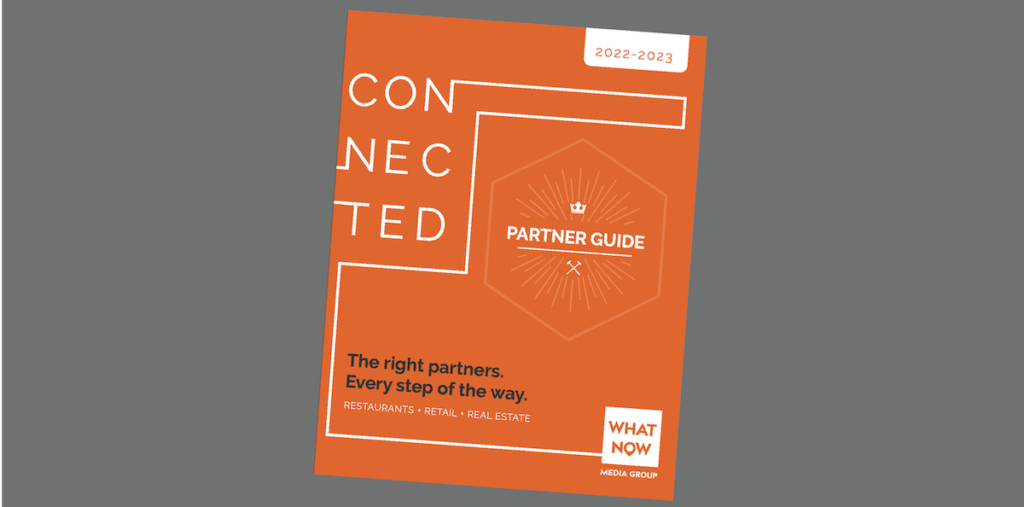Things haven’t been looking great for Austin’s real estate market recently. The uncertain state of the economy is posing challenges to home sales in the city, all while the housing inventory is almost at an all-time high. Although home prices have been going down, they remain unaffordable for most buyers.
Highlights
- Austin’s housing market finds itself in a troublesome situation as the inventory grows but the demand is slowing down.
- The home prices have been falling in the city, although buyers are hesitant to make the purchases, and many still cannot afford them.
- As economic uncertainty persists, the housing market is expected to stay the same, or potentially worsen.
Buyer Hesitation and Surging Supply Drive Home Prices Down
The economic uncertainty that has arisen due to the US’s tariffs on its trade partners, combined with fears of recession, has had a significant impact on buyer behaviour. People are generally more cautious about large purchases like homes. As a consequence, the number of homes that remain unsold keeps rising. As the demand drops and the inventory expands, prices are going down.
According to Redfin, the number of homes sold in February 2025 dropped by 18% compared to February 2024. The median home prices in February were $512,500, the data says, which is only 0.49% lower than the prices in the same month the previous year. While the prices have remained almost the same, the demand has dropped. The number of days the homes stay on the market has also risen to 89 days, year-on-year.
In March 2025, the city had the highest number of active for-sale listings for any March in the history of the data. The prices have come down a bit, but they are still far from being affordable. Most estimates suggest that only about 25% of the residents of Austin will be able to purchase a home at the median price.
Market Trends Over the Years
Before the beginning of the Pandemic, the median home prices were at $369,745. Once the pandemic started, home prices in the city started to rise and peaked at $625,000 in April 2022. As for the housing inventory, there was a shortage during the pandemic in 2022, but it was back to the pre-pandemic levels by 2023.
During the pandemic, as more people started working remotely. More and more people who were working remotely started moving to Austin, seeking the warmer weather in the Sun Belt and a more livable city. They started purchasing homes, thanks to the lowest mortgage rates in record. As the housing inventory was low, this drove the prices to the sky.
As the pandemic ended and more people returned to offices, the number of out-of-state incomers fell significantly. This affected the housing market, and the inventory grew to the size that it is today. Home prices have also been going down, although they remain much higher than they were before the pandemic. The prices now seem to be stabilizing, according to experts.
The situation of the housing market in Austin is not very different from the picture nationally; it is just a bit more drastic. As Austin faces this situation in the housing market, many see this phase as the beginning of the new normal. Further, the impact the changes in the economy will have on the market in the future is yet to be seen.













